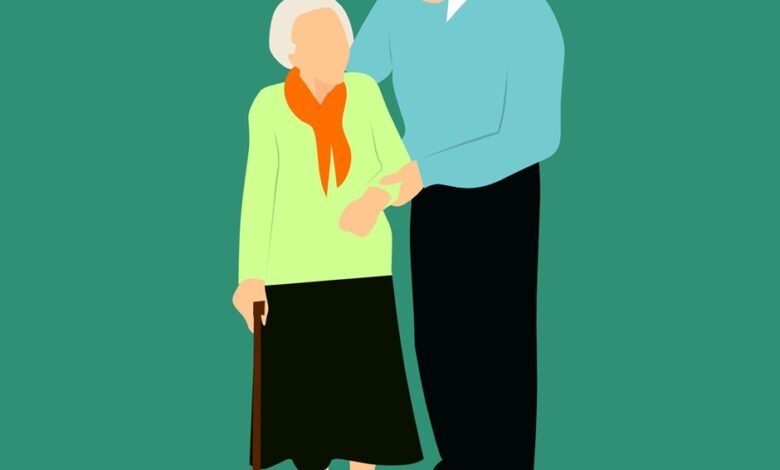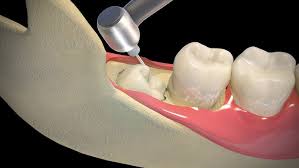Osteoporosis Risks and Treatment Options for Older Adults

Have you ever wondered if your bones are quietly growing weaker with age? As we get older, the risk of bone fractures rises even from minor falls or bumps. For many older adults, osteoporosis becomes a silent threat that only shows itself after an injury.
This article sheds light on the hidden dangers of fragile bones and shows how you can protect your strength and independence. If you or a loved one is aging, understanding this condition could be one of the most valuable health decisions you make. Read on.
Risks of Osteoporosis
Osteoporosis often develops quietly over the years, but several factors can raise the risk of getting it. Knowing these risks can help with early prevention and treatment.
Age
As people grow older, their bones naturally lose density. This process speeds up after age 50, increasing the risk of fractures. Aging also slows the body’s ability to rebuild bone tissue.
Gender
Women are more likely than men to develop osteoporosis, especially after menopause. The drop in estrogen levels weakens bones and makes them more fragile. Men can still get osteoporosis, but it usually happens later in life.
Family History
A family history of osteoporosis or broken bones can raise your chances of getting the disease. Genetics play a role in how strong your bones are. If a parent or sibling had it, your risk may be higher.
Osteoporosis Treatment Options
Treating osteoporosis focuses on strengthening bones, slowing bone loss, and preventing fractures. Treatment usually includes a mix of lifestyle changes, supplements, and medications.
Lifestyle Changes
Lifestyle changes can help improve bone health and slow the effects of osteoporosis. Eating foods rich in calcium and vitamin D supports strong bones. Regular exercise and fall prevention also play a key role in reducing fracture risk.
Supplements
Supplements can help fill gaps in your diet, especially for calcium and vitamin D. Calcium builds bone strength, while vitamin D helps your body absorb calcium. These nutrients are often needed more as people age.
Bisphosphonates
Bisphosphonates are the most common medications used to treat osteoporosis. They work by slowing down the rate at which bone breaks down. Some are taken as pills, while others are given as yearly infusions.
Denosumab
Denosumab is an injection given every six months to slow bone loss. It works by targeting cells that break down bone tissue. This option is useful for people who can’t take other osteoporosis drugs.
Bone-Building Medications
Bone-building drugs are used when osteoporosis is severe or other treatments fail. These medications help the body create new bone tissue.
If you’re considering these treatments, it’s helpful to learn facts seniors should know about osteoporosis to make informed choices. Understanding how these medications work can give you more confidence in your treatment plan.
Strong Bones and Strong Life for Older Adults
Taking care of older adults’ bones isn’t just about avoiding fractures, it’s about staying active, independent, and confident in your everyday life. Whether walking the dog or playing with grandchildren, strong bones make those moments safer and more enjoyable. Don’t wait until a break forces pay attention to bone health.
It’s never too late or too early to take action. Bones carry through life, give them the care they deserve.
Did this article expand your knowledge? If so, don’t forget to visit our blog for further educational material.


